Tupolev TU-144 Charger Aeroflot
Production Time 9 to 10 weeks
Shipment is by FedEx, UPS or DHL International Express Courier with a normal door-to-door delivery time worldwide of within 2-3 business days after dispatch. Due to the current volatility of world fuel prices, the amount mentioned here is our best estimate for DHL and UPS and may be subject to change at the time of shipping.

Model Description: Tupolev TU-144 Charger Aeroflot Wood Replica Scale Custom Model Aircraft
Manufacturer: Tupolev
Wingspan: 7.5 Inches (19.1 Centimeters)
Height: 2.7 Inches (6.9 Centimeters)
Scale: 1:152
Registration: CCCP-77106
$259.50
Production Time 9 to 10 weeks
-
United States dollar ($)
-
Pound sterling (£)
-
Euro (€)
-
Australian dollar ($)
-
Canadian dollar ($)
-
Singapore dollar ($)
-
Swiss franc (CHF)
-
Japanese yen (¥)
-
Danish krone (kr.)
-
Hong Kong dollar ($)
-
Norwegian krone (kr)
-
Swedish krona (kr)
-
United Arab Emirates dirham (د.إ)
General Product Description
Our PlaneArts Tupolev TU-144 Charger Aeroflot model exhibits unique, unrivaled quality and detailed design to come as close as possible to the accuracy of the actual plane. It comes as standard with a robust, durable base or stand which is available in a variety of different finishes designed to match your own personal requirements including solid wood, wood with polished metal supports or adjustable wood wall mount and will be ready within about 9-10 weeks from placement of order.
The Tupolev TU-144 Charger Aeroflot model is made of the finest kiln dried renewable mahogany wood (commonly known as Lauan or Meranti) which has undergone many stages of carving and meticulous and careful sanding giving the beautiful finished museum quality masterpiece. Many collectors and model connoisseurs demonstrate their preference for genuine handmade and hand painted mahogany wood models rather than plastic or die cast (diecast) alternatives due to the overall look and totally different feel of the item - we trust you will find the same. We can, however, if required produce the same model in Solid Cast Resin so just click and contact us us for further information. Our craftsmen and gifted artisans ensure that our finely handcrafted model airplanes match the precise blueprint details of the original aircraft. The paint scheme, markings and parts are closely matched, reflecting the original aircraft. This stylish top-quality desktop replica model will surely enthrall anyone who receives this as a gift and for sure one of the most appropriate and desirably collectable gifts for any aviation enthusiast and avid aircraft collector whilst also displaying a perfect resemblance to the actual aircraft.
If you require we can also make the Tupolev TU-144 Charger Aeroflot model in any other airline, private livery or colour scheme you require and if necessary in a different size or scale. Just click here to contact us with a description or photographs of what you require, and we will let you have a quotation for the necessary customization by return email. We can also make bespoke scale replicas of any other private / civil commercial airliner or airliners, helicopter, glider, gliders with engines, military jet, warplane jets, propeller warplanes, biplane, triplane, tail fin, spacecraft, rocket or NASA model you require in any airline, military or civilian livery or colors. We also produce model airships, blimp, dirigible, blimps, boat and ship collectibles. Wall plaque or seal for military, government or private customers. Again, by clicking here to contact us just let us know exactly what you need.
The Tupolev TU-144 Charger: Aeroflot’s Supersonic Dream
The Tupolev TU-144 Charger represents a significant chapter in the history of aviation as the world’s first commercial supersonic transport aircraft. Developed by the Soviet Union, it was a direct competitor to the British-French Concorde and aimed to showcase Soviet ingenuity and technological prowess during the Cold War era.
Origins and Development:
The TU-144 project was initiated in the early 1960s, with the Soviet government keen on matching or surpassing the West in the realm of high-speed air travel. The aircraft was designed by Tupolev, a prominent Soviet aerospace and defense company, led by the legendary aircraft designer Alexei Tupolev. The TU-144 made its maiden flight on December 31, 1968, two months before the Concorde, earning it the title of the world’s first operational supersonic aircraft.
Design and Features:
Resembling the Concorde in its sleek, needle-nosed appearance, the TU-144 was larger and could carry more passengers, with a capacity of up to 140 compared to Concorde’s 92-128. It featured a distinctive double-delta wing and was powered by four turbojet engines equipped with afterburners for supersonic flight. Unique to the TU-144 was its retractable canard design—small forewings near the nose of the aircraft used for improving lift at low speeds.
Commercial Service and Challenges:
Aeroflot, the state airline of the Soviet Union, commenced passenger service with the TU-144 on November 1, 1977, flying domestic routes between Moscow and Alma-Ata (now Almaty, Kazakhstan). However, the aircraft’s commercial career was marred by reliability issues and operational challenges, including high fuel consumption and noise levels, which limited its appeal and practicality.
The most significant setback occurred during the 1973 Paris Air Show, where a TU-144 crashed during a demonstration flight, killing all six crew members and eight people on the ground. This incident profoundly impacted the program’s reputation and led to intense scrutiny and revisions of the aircraft’s design and operational protocols.
Withdrawal and Legacy:
Despite improvements, commercial operations remained limited and the TU-144 was withdrawn from passenger service in 1983 after only 55 scheduled flights. It briefly continued to serve as a cargo plane and later as a research platform for supersonic flight studies, in collaboration with NASA, until its final flight in 1999.
The TU-144’s story is one of ambition and tragedy, emblematic of the era’s technological race and political tensions. While it failed to achieve the commercial success of its Western counterpart, the Concorde, the TU-144 remains a significant symbol of the Soviet Union’s advanced engineering capabilities and its determination to excel in the global aerospace arena. Today, several TU-144s are preserved in museums, serving as a testament to a bold but ultimately elusive venture into supersonic commercial aviation.
| Weight | 6 kg |
|---|---|
| Dimensions | 17 × 7.5 × 2.7 in |

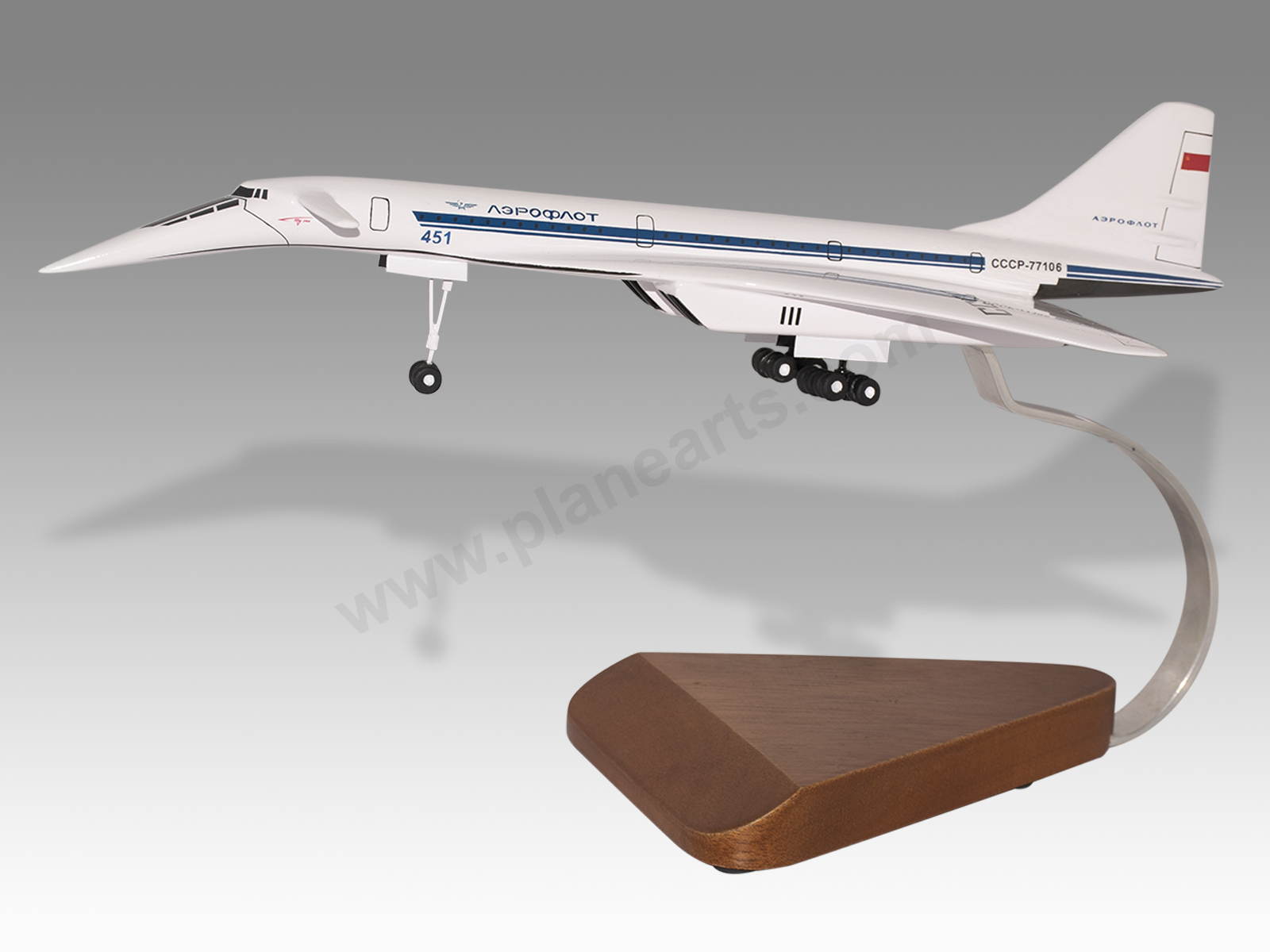
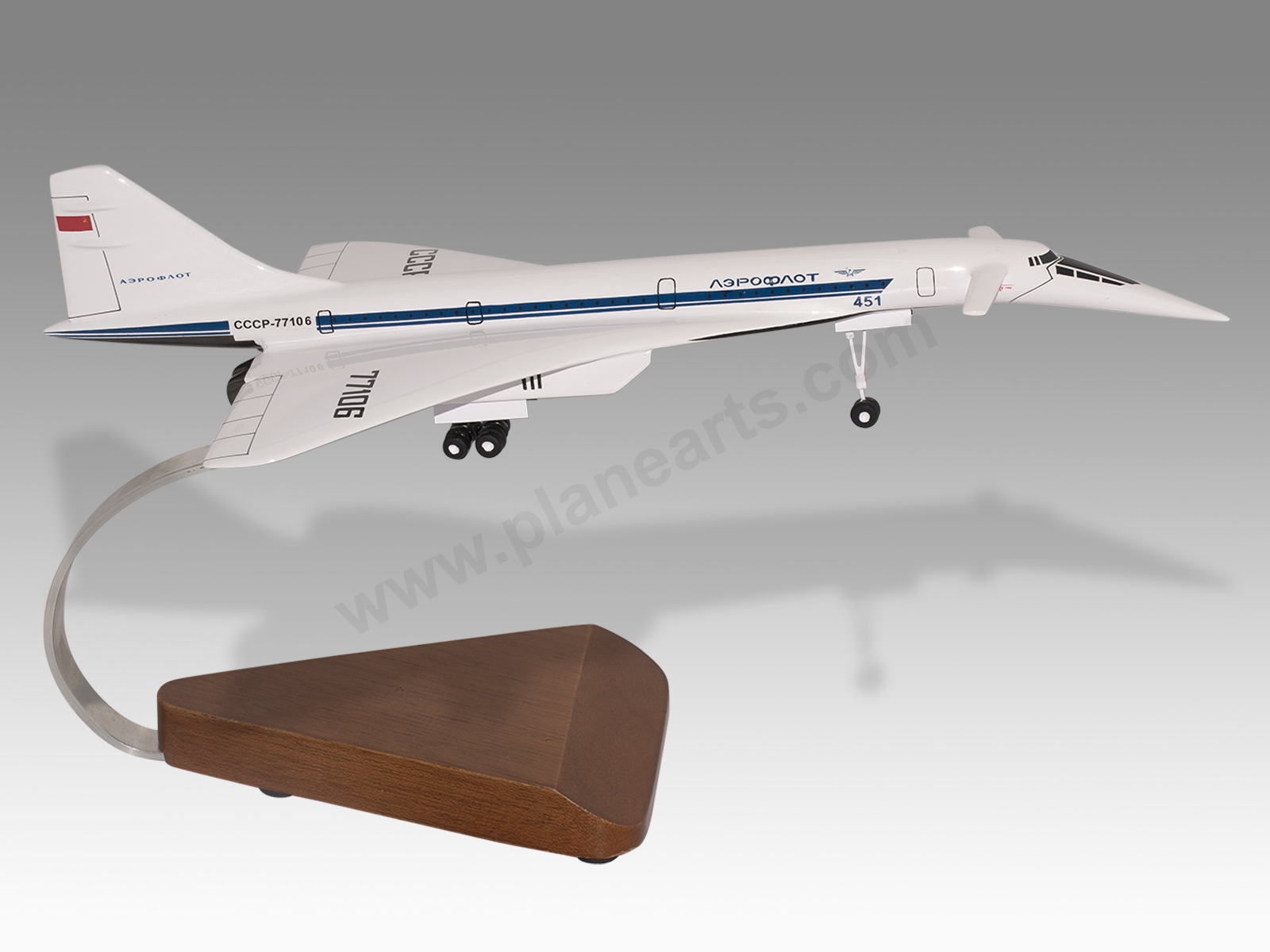
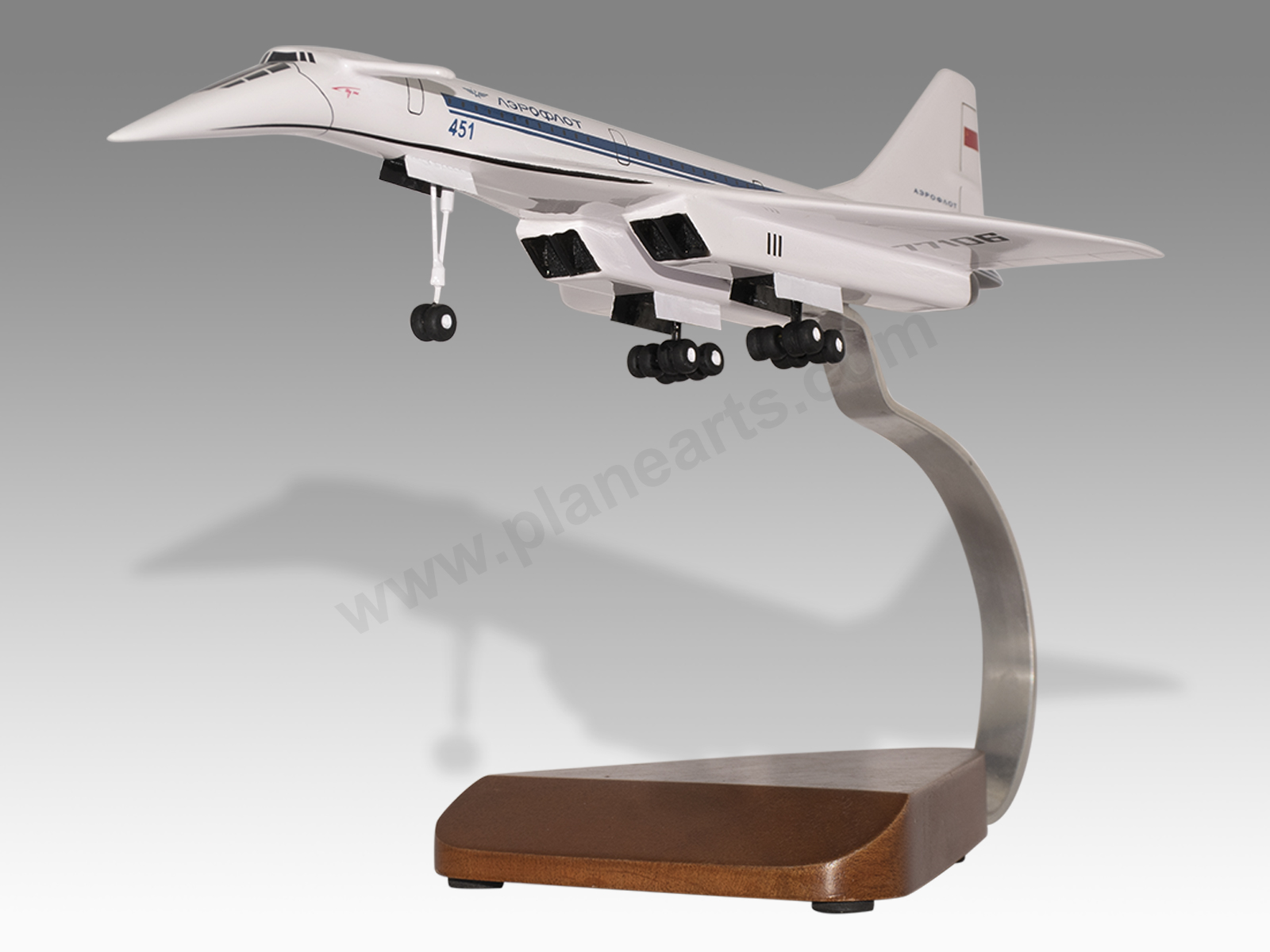
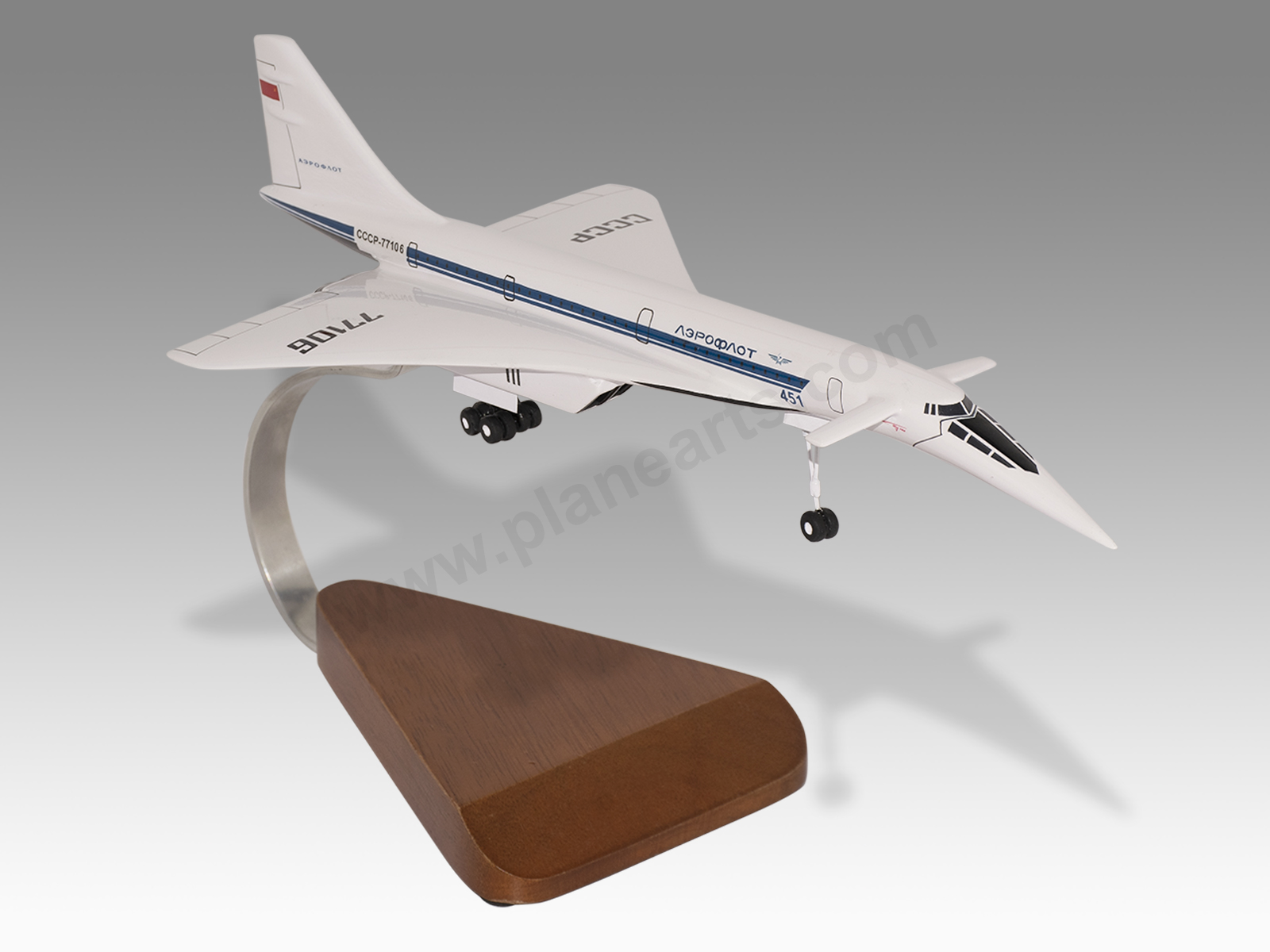

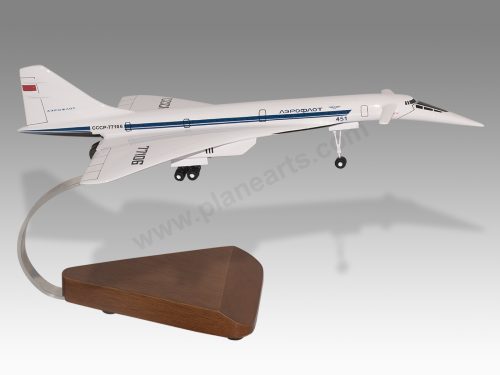
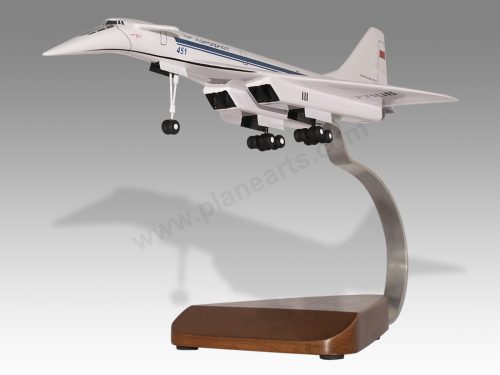
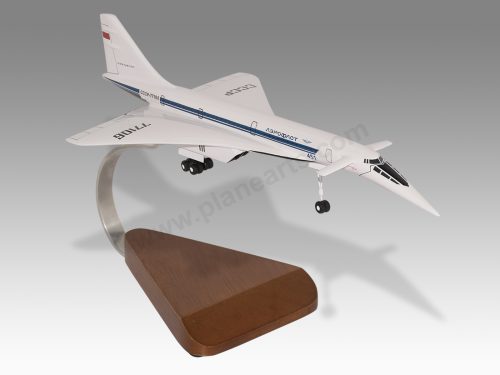
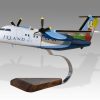
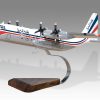
Reviews
There are no reviews yet.